Navigating Uncertainty: Effective Risk Management Strategies Nonprofits
Uncertainty is an inherent aspect of project management, and this holds true for both for-profit and nonprofit organizations. However, the impact of uncertainty can be particularly significant for nonprofits, as they often operate with limited resources and face unique challenges. In order to ensure project success and maximize their social impact, nonprofit organizations must adopt effective risk management strategies. Through this article, I will try to highlight some strategies and techniques that nonprofits can adopt in order to deal with risk or minimize it.
Identify Risks
The first step in effective risk management is to identify potential risks that could hinder project success. Nonprofits should conduct a comprehensive risk assessment by considering both internal and external factors. Internal risks may include inadequate funding, lack of skilled personnel, or technological limitations. External risks may involve changes in government regulations, economic fluctuations, or shifts in donor priorities. By systematically evaluating risks, nonprofits can gain a better understanding of the potential challenges they may face and prioritize their efforts accordingly. It is crucial to involve key stakeholders and project team members in the risk assessment process to ensure a comprehensive perspective.
Develop a Risk Management Plan
Once the risks have been identified, nonprofits should create a risk management plan tailored to their specific projects. The plan should outline the strategies and actions necessary to mitigate, monitor, and respond to identified risks. Key elements of a risk management plan include:

- Risk Mitigation: Nonprofits should develop strategies to minimize the likelihood and impact of risks. For instance, if a funding shortfall is identified as a significant risk, diversifying funding sources or implementing cost-saving measures can be effective mitigation strategies.
- Risk Monitoring: Regular monitoring is essential to detect any emerging risks or changes in the risk landscape. Nonprofits should establish clear monitoring mechanisms, such as regular progress reviews and data analysis, to stay informed about potential risks and take timely action.
- Contingency Planning: Nonprofits should prepare contingency plans to address risks that cannot be entirely mitigated. These plans should outline alternative courses of action, reallocation of resources, or adjustments to project timelines to ensure project continuity in the face of unforeseen circumstances.
Foster a Culture of Risk Awareness and Adaptability
Risk management should not be confined to a single department or individual within a nonprofit organization. Instead, it should be ingrained in the organizational culture. Nonprofits should promote a culture of risk awareness and adaptability, encouraging all team members to identify and report potential risks. Training programs and workshops can be conducted to enhance risk management skills among project team members. By creating a collaborative environment that values risk assessment and mitigation, nonprofits can proactively address risks and improve project outcomes.
Establish Strong Partnerships and Collaborations
As mentioned before, nonprofits often work with various stakeholders, including donors, volunteers, and partner organizations. Building strong partnerships and collaborations can be instrumental in managing risks effectively. By developing strong relationships with donors and funders, nonprofits can gain financial stability and support during challenging times. Partnering with other organizations can also help diversify resources and expertise, allowing nonprofits to share risks and develop innovative solutions together. Collaborations can provide access to additional skills, networks, and knowledge that contribute to successful project implementation.
Conclusion
Nonprofit organizations operate in a dynamic and uncertain environment, making effective risk management crucial for project success. By identifying and assessing risks, developing a risk management plan, fostering a culture of risk awareness, establishing partnerships, and regularly evaluating strategies, nonprofits can proactively navigate uncertainty and maximize their impact.
While uncertainty cannot be eliminated entirely, nonprofits that prioritize risk management are better positioned to adapt, seize opportunities, and achieve their mission in the face of challenges. By implementing these strategies, nonprofit organizations can effectively mitigate risks and increase the likelihood of successful project outcomes in today’s ever-changing landscape.
Published on December 18, 2023.
Stay tuned for new blogs every Monday!
Follow the iMPACT Magazine on social media for more informative content.
About the Author
Avya Sood is a 19 year old student of Economics and Psychology from Punjab, India. You can reach out to her at [email protected]






